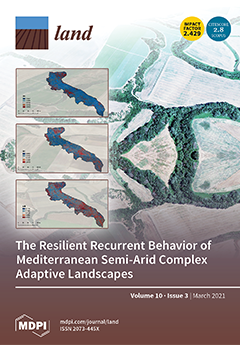Resource information
The surface fluxes calculated in land surface models (LSMs) are sensitive to the determination of the stability parameter. Further, calculation of the surface fluxes over the Tibetan Plateau (TP) is crucial in the simulation of regional and global weather and climate. In this study, we use 2-year micrometeorological data measured from Shiquanhe, located in the western TP, to evaluate the performance of the widely used Noah LSM with five stability parameterization schemes. Results show that all five stability parameterization schemes can generally reproduce the observations, but the scheme proposed by Li has the smallest bias. The reason is that Li’s scheme is more accurate under the unstable condition, and the surface layer at Shiquanhe is mostly unstable. Further, the four non-iterative schemes show an advantage in terms of their computational efficiency compared to the iterative scheme adopted by the Noah LSM.


